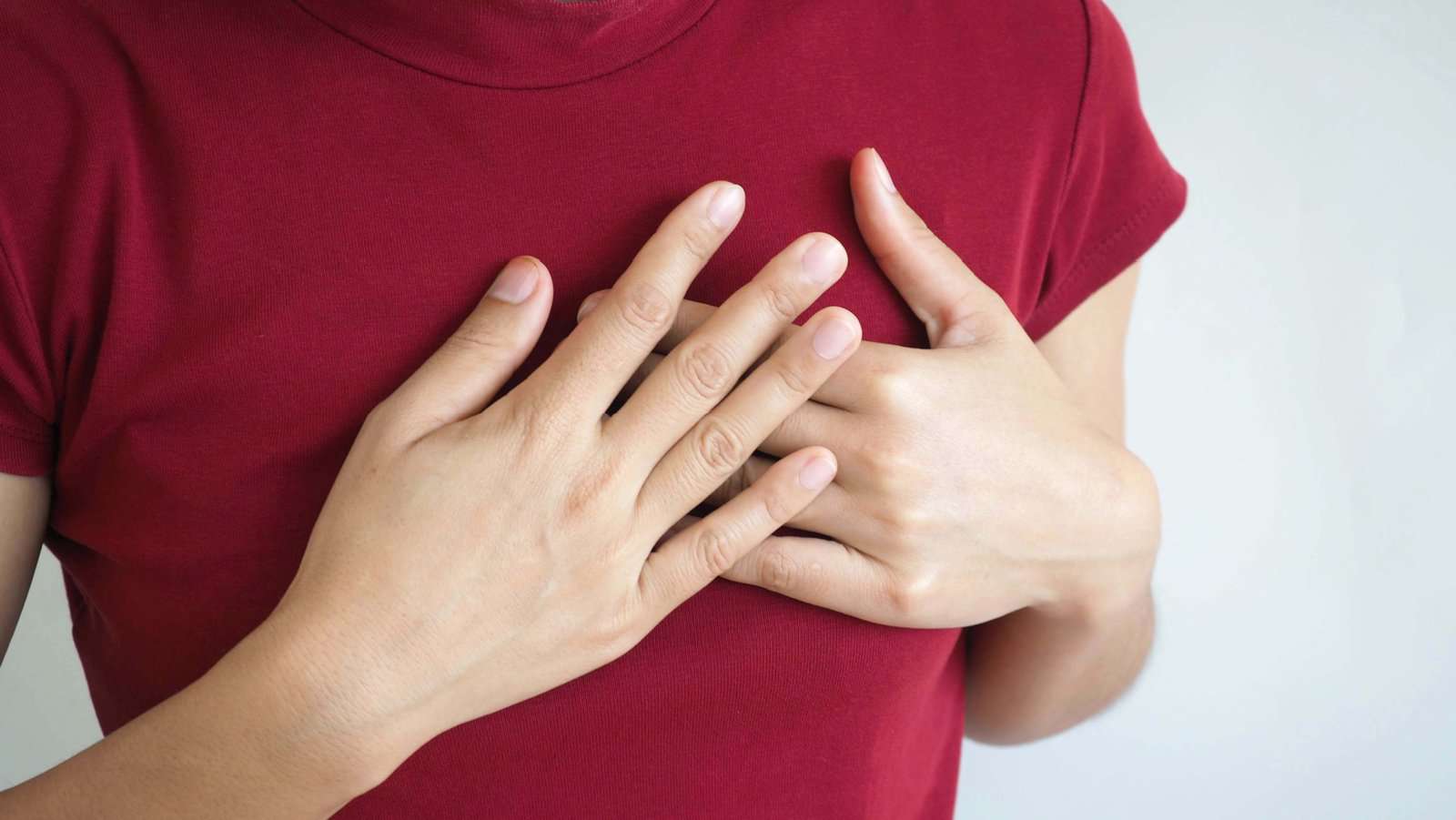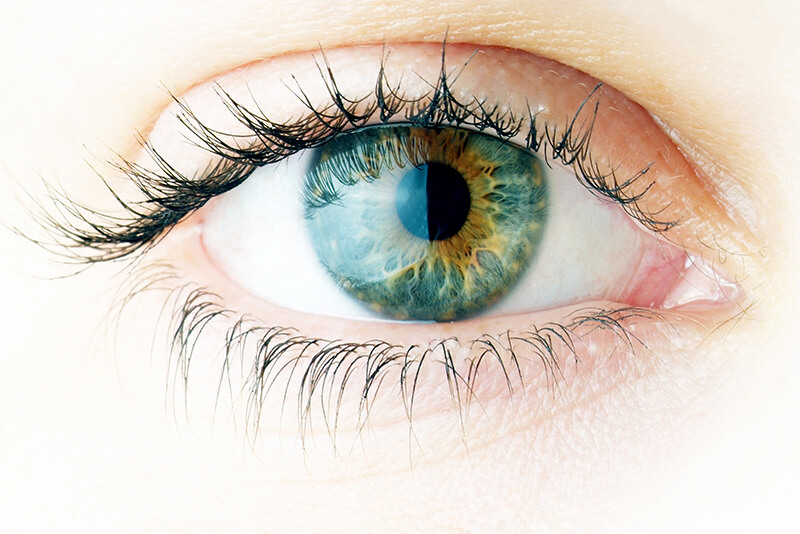CVMG Physician Assistant Uses His Own Experience To Educate Patients On Skin Cancer
Cucamonga Valley Medical Group Physician Assistant Steven Sanders has first-hand knowledge that prevention of skin cancer is a much better scenario than having to undergo treatment of the disease.
“I have gained valuable insight through my own personal experience with skin cancer,” said Sanders, who helps CVMG patients recognize the difference between symptoms of skin cancer and less threatening ailments. “Prevention certainly is a better outcome than having to undergo treatment. I have learned to wear sun protective clothing and glasses, sunscreen, and have learned about (ultraviolet) UV indexes, which helps me avoid excessive sun exposure.”
Sanders said he had multiple basal cell carcinomas at age 27 and melanoma three years later. Multiple squamous cell carcinomas were present throughout his 30s. Multiple surgeries and treatment have been successful.
“I have not had any skin cancer in the past eight years,” Sanders said.
In his role as a Certified Physician Assistant at Cucamonga Valley Medical Group, Sanders helps patients learn about skin cancer through what he calls “The ABCDEs of melanoma.” He helps people learn the difference between a skin tag or mole, and a growth that has evolved into what might be diagnosed as skin cancer.
The ABCDEs of skin cancer are:
- A is for Asymmetry, one half of the spot is unlike the other half.
- B is for Border, the spot has an irregular, scalloped or poorly defined border.
- C is for Color, the spot has varying colors from one area to the next, such as shades of tan, brown or black, or areas white, red or blue.
- D is for Diameter. While melanomas are usually greater than 6 millimeters, or about the size of a pencil eraser, when diagnosed, they can be smaller.
- E is for Evolving. The spot looks different from the rest or is changing in size, shape or color.
CVMG performs procedures such as punch-and-shave biopsies to diagnose skin cancer, and excision (removal) of small skin cancers (non-melanoma).
“We regularly treat new growths with cryotherapy when they are small so they do not become skin cancer,” Sanders said.
The Cucamonga Valley Medical Group team treats its patients like family. Sanders is just another example of this philosophy in action.
“I have a personal history of skin cancer, so I’ve had an interest in this for a long time,” Sanders said. “I’ve been doing these procedures for more than 10 years. I think with experience comes the ability to recognize when something looks suspicious or not.”
“I want to help people to understand what the different features are, and when it’s something to be concerned about or not be concerned about,” he continued.
Sanders recommends that people practice sun safety by wearing clothing that covers the arms and legs, donning hats and sunglasses and by always remembering to use broad-spectrum, water-resistant sunscreen with an SPF of 30 or higher to all skin not covered by clothing. Talk to your physician about vitamins such as C, E, A and zinc, selenium, beta carotene and omega-3 fatty acids that might help prevent skin cancer.
Sanders and the CVMG team also provide a wide range of other procedures to help patients who are dealing with chronic pain. Among those are injections to the shoulder, knee, elbow, wrist, hip, heel, back and neck. Skin and nail procedures include removal of ingrown toenails, moles, skin tags and warts/keratosis. Suture and staple removal also are available.
“It’s not just skin procedures that we do at CVMG,” Sanders said. “We also do orthopedic procedures and joint injections. A lot of people suffer because they don’t address these types of issues they face. We can help. That was one of the reasons I became a part of this team. I wanted to help other people.”
To discuss ways to prevent skin cancer or learn about one of our other procedures, call CVMG at 909 429.2864 to make an appointment.




